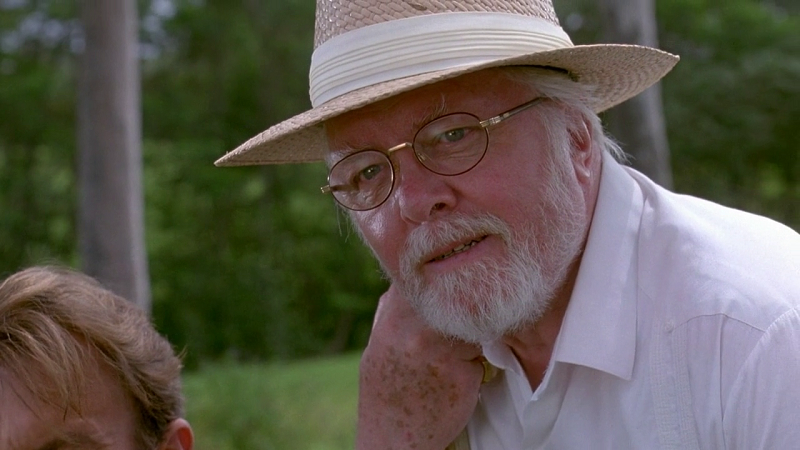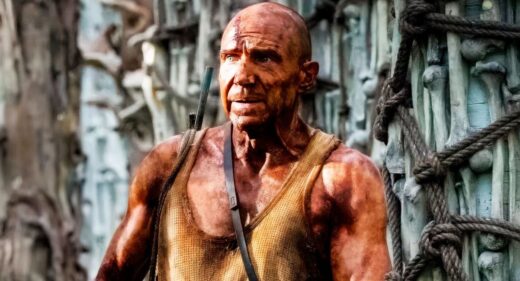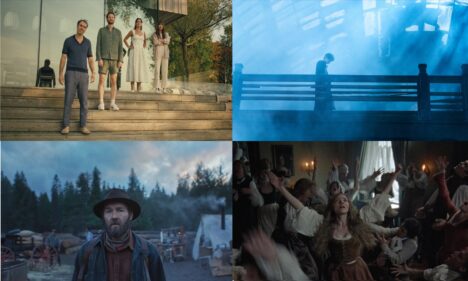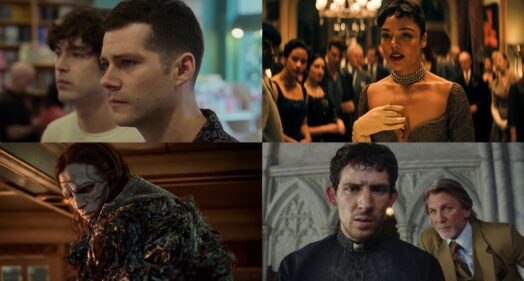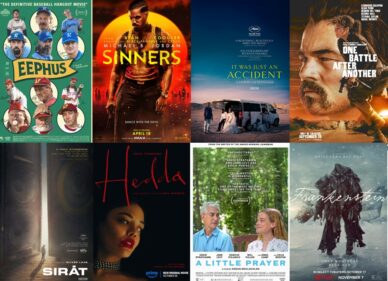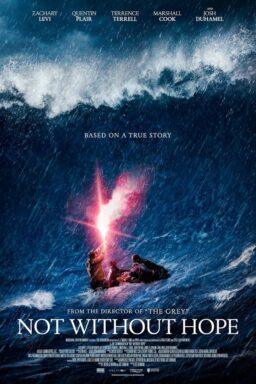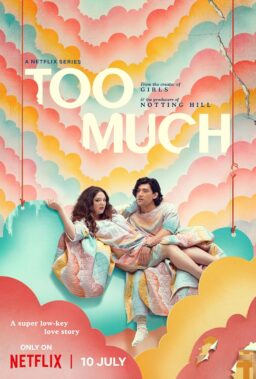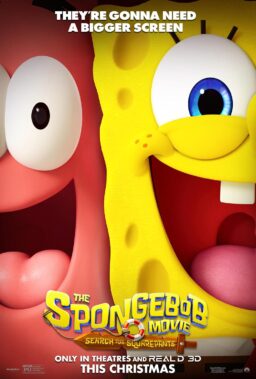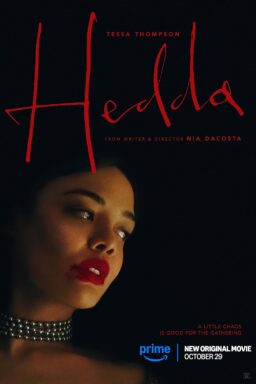Lord
Richard Attenborough, who passed away earlier today at the age of 90 after
several years of failing health, is perhaps best known to American moviegoers
for making “Gandhi” (1982), the award-winning biopic of the Indian
leader that he struggled to bring to the screen for nearly 20 years, and for
his appearance in “Jurassic Park” (1993) as the kindly zillionaire
whose plan to bring dinosaurs back to life with genetic engineering goes
horribly wrong. However, to limit him to those two credits, significant though
they may be, is to do a disservice to one of the more extraordinary screen
careers, both in front of and behind the camera, in the entire history of
British cinema.
Attenborough
was born in Cambridge on August 29, 1923—one of his two brothers was
celebrated documentarian David Attenborough—and went on to study at the Royal
Academy of Dramatic Arts, where he would eventually serve as president. In
World War II, he would serve in the Royal Air Force’s Film Unit, a position
that would see him appear opposite Edward G. Robinson in the 1943 propaganda
film “Journey Together” and filming bombing raids, the latter of
which would contribute to permanent damage to his hearing. His screen debut had
actually occurred a year earlier with an appearance in “In Which We
Serve,” though his credit was accidentally eliminated from the finished
film.

After the
war, he would return to acting on both the stage and screen and would score his
first major film success in the role of would-be gangster Pinkie Brown in the
1947 adaptation of Graham Greene’s “Brighton Rock,” a part he knew
well, having played it on the stage to great acclaim in 1942. Other parts would
follow, and, within two years, he would be named in an industry poll as England’s
sixth-most-popular actor. On the stage, he was, along with wife Sheila Sim, a
part of the original cast of a production of Agatha Christie’s “The
Mousetrap” that would go down as the longest
continuously-running play in stage history. Incredibly, Attenborough and his
wife had a 10% profit-participation deal that would help make him a wealthy man
until he eventually sold off those rights, in part to help finance “Gandhi.”
Like so
many other British actors, Attenborough eventually made his way to Hollywood
and made his American debut as part of the ensemble cast of the 1963 epic
“The Great Escape.” Over the next two decades, he would become a
familiar face through such projects as “The Flight of the Phoenix”
(1965), “The Sand Pebbles” (1967) and “Doctor Dolittle”
(1968), the latter two of which earned him consecutive Golden Globe awards for
Best Supporting Actor. After appearing in “The Human Factor” in 1979,
he would give up acting as he grew in prominence as a filmmaker but would step
back in front of the cameras in “Jurassic Park,” kicking off a
mini-revival of his career as an actor that would see him appear in the 1994
remake of “Miracle on 34th St.,” “Hamlet” (1996), “The
Lost World” (1997) and “Elizabeth” (1998), to name a few

However, the most notable performance of his entire career as an actor came in 1971 with
“10 Rillington Place,” a grim docudrama in which he played John
Christie, a notorious serial killer in post-war England who raped and killed a
neighbor woman (whom he had promised to perform an abortion on) and her
daughter, and not only stood by as her mentally deficient husband (John Hurt)
was convicted and executed for his crimes as the result of a false confession
but went on to murder at least four more women before he was finally caught and
hung in 1953. Although the film received mixed reviews when it was originally
released, it has grown considerably in stature in subsequent years and is now
often cited as one of the most powerful anti-capital punishment films ever
made. Much of its power comes from Attenborough’s marvelously controlled
performance as Christie—despite playing one of the most monstrous people
imaginable, he plays him in a perfectly genial and neighborly manner and this,
of course, only makes the performance all the more blood-curdling as a result.
If one were to make a list of the all-time screen psychopaths, Attenborough’s
work as Christie deserves to be put right up there with Anthony Perkins in
“Psycho” and Anthony Hopkins in “Silence of the Lambs.”
At the
time that he appeared in “10 Rillington Place,” Attenborough was
already making the shift from acting in films to directing them. His first
directorial effort was “Oh, What A Lovely War” (1969), an adaptation
of a 1963 stage musical that offered a satirical critique of World War I
through the ironic use of many popular songs of the era. Although he was able
to round up a cast that included the likes of Laurence Olivier, Dirk Bogarde, John
Gielgud, Michael and Vanessa Redgrave, Ralph Richardson and Maggie Smith, the
film was only a moderate hit in England and less than that in the U.S.,
although some have argued that it was a film that was ahead of its time in
terms of the juxtaposition of musical comedy with the horrors of war. This was
followed in 1972 with “Young Winston,” a look at the early years of
the future Prime Minister (played by Simon Ward) leading up to his election to
Parliament at the age of 26. Although the film would be nominated for several
Oscars, it too failed to make much of an impact at the box-office.

In 1977,
Attenborough made his biggest film to date—one of the biggest films anyone had
ever made at that time: “A Bridge Too Far,” an epic-sized
recreation of Operation Market Garden, a failed attempt by Allied forces in WWII to seize several bridges in the occupied Netherlands that, had it succeeded,
might have turned the tide of the war. To offset the inescapable problem of
telling the story of one of the most notorious debacles of the war,
Attenborough offered audiences the lure of one of the most star-studded casts
of all time, including the likes of Robert Redford, James Caan, Laurence
Olivier, Dirk Bogarde, Michael Caine, Sean Connery, Elliot Gould, Anthony
Hopkins, Gene Hackman, Ryan O'Neal and Liv Ullmann. William Goldman’s
best-selling memoir “Adventures in the Screen Trade” includes a
chapter on the making of the film, which he wrote, that goes into detail of the
enormous complications that Attenborough faced in bringing the film to the
screen. Alas, the end result failed to attract audiences—it also had the
misfortune to come out a couple of weeks after the opening of “Star
Wars”—but producer Joseph Levine had so aggressively pre-sold the film
around the world that it managed to recoup its then-astronomical $22 million
cost. Though the reviews at the time were lukewarm at best, this is another
movie that plays a lot better today than it did back then—once you put the
occasionally distracting star casting out of mind, it stands as one of the most
remarkably detailed war films ever made.
After
making the silly psychological thriller “Magic” (1978)—Anthony Hopkins as a ventriloquist dominated by his foul-mouthed dummy
that was distinguished by one of the creepiest trailers ever made (go to
YouTube to check it out, provided that you don’t actually need to sleep
tonight)—Attenborough finally went ahead with his long-simmering plans to make
a film about the life of Mahatma Gandhi, a project that had been thwarted in
the past by the deaths of backers, a competing version of the story to be
directed by David Lean (who decided to do “Lawrence of Arabia”
instead”) and Prime Minister Indira Gandhi declaring a state of emergency
in India in 1976 that precluded any filming in the country. Finally,
Attenborough was able to cobble together the money required—most of it coming
from a new production entity in the U.K. known as Goldcrest—but with the heavy
subject matter, tortured production history (which is recounted in the
fascinating Goldcrest history “My Indecision Is Final” by Jake Eberts
and Terry Ilott) and total unknown Ben Kingsley in the lead, few expected it to
amount to much of anything.

Of
course, the film proved to be an enormous hit around the world and would go on to receive eight
Oscars, including two personally for Attenborough (Best Picture and Director)
and one for Kingsley. Because one of the films that “Gandhi” beat for
the top prize was “E.T.,” it is now often cited in polls and articles
as one of those overrated films that cheated more deserving works for the Best
Picture award. On the surface, it is easy to understand why—it
sounds like the kind of overly noble project designed in a lab to win
Oscars—but the fact of the matter is that it is a film fully deserving of its
accolades. It is an epic work about the humblest of men, and, while that schism
sounds like a recipe for disaster, Attenborough finds a perfect balance between
the vast expanses filled with thousands of extras and the intimate moments in
which we get to know the man behind the enigma. Thanks to his deft handling of
material that could have grown sanctimonious at any time and Kingsley, whose
performance is still a marvel to behold, “Gandhi” remains one of the
few modern biopics that has truly stood the test of time.
The only
problem with “Gandhi” is that it was such a personal and artistic
triumph that it would prove to be difficult for Attenborough to follow.
There would be “A Chorus Line” (1985), a somewhat awkward screen
version of the long-running Broadway hit, and “Cry Freedom” (1987), a
well-meaning look at the life and death of anti-apartheid activist Steve Biko
(Denzel Washington in a powerful early role) that was hampered by the decision
to view the story through the eyes of white journalist Donald Woods (Kevin
Kline). In 1992, he would make “Chaplin,” a biopic on the life of the
famed filmmaker, and while the movie as a whole would fail to find much of an
audience, it gave Robert Downey Jr. one of his first substantial dramatic lead
roles and earned him a Best Actor nomination. His next two films,
“Shadowlands” (1993) and “In Love and War” (1996), dealt
with romances involving famous writers—the former chronicling the relationship
between C.S. Lewis (Anthony Hopkins, in the last of his five collaborations
with Attenborough) and American poet Joy Davidson (Debra Winger), and the latter
looking at the brief love between a young Ernest Hemingway (Chris O'Donnell)
and a nurse (Sandra Bullock) during World War I that would eventually inspire
“A Farewell to Arms.” None of these films would make much of an
impact and his last two directorial efforts, “Grey Owl” (1999) and
“Closing the Ring” (2007), would be largely dismissed by critics and
ignored by audiences.
And yet, Attenborough’s impact cannot be
ignored, not as an actor/filmmaker nor as a humanitarian—the list of charities
and educational programs to which he donated time and money is as long and
impressive as his filmography. His was a life so immense that it will probably
never be brought to the screen because he, with his unerring ability to work
big and intimate at the same time, was perhaps the only filmmaker who could
have.

